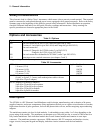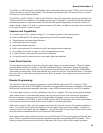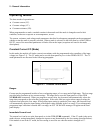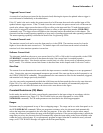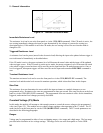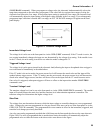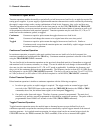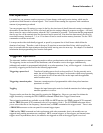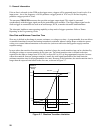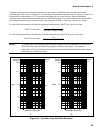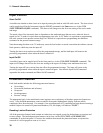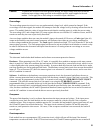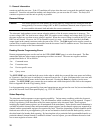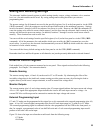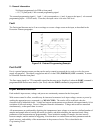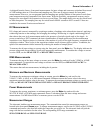
2 - General Information
28
If the ac line is selected via the GPIB as the trigger source, triggers will be generated once for each cycle of ac
input power. An ac line frequency of 60 Hz produces a trigger period of 16.67 ms; 50 Hz line frequency
produces a trigger period of 20 ms.
The rear-panel TRIGGER connector also provides a trigger output signal. This signal is generated
synchronously with the trigger signal sent by the mainframe to the modules. The trigger output signal can be
used to trigger an external device such as an oscilloscope, DVM, or another electronic load mainframe.
The electronic load has a status reporting capability to keep track of trigger operations. Refer to 'Status
Reporting' in the Programming Guide.
Slew Rate and Minimum Transition Time
Slew rate is defined as the change in current, resistance, or voltage over time. A programmable slew rate allows
a controlled transition from one load setting to another to minimize induced voltage drops on inductive power
wiring, or to control induced transients on a test device (such as would occur during power supply transient
response testing).
In cases where the transition from one setting to another is large, the actual transition time can be calculated by
dividing the voltage or current transition by the slew rate. The actual transition time is defined as the time
required for the input to change from 10% to 90% or from 90% to 10% of the programmed excursion. In cases
where the transition from one setting to another is small, the small signal bandwidth of the load limits the
minimum transition time for all programmable slew rates. Because of this limitation, the actual transition time is
longer than the expected time based on the slew rate, as shown in Figure 2-7.
Expected Time
Actual Time
Voltage,
Current, or
Resistance
Change
Slew Rate
Time
100%
90%
10%
0%
Figure 2-7. Risetime Transition Limitation



